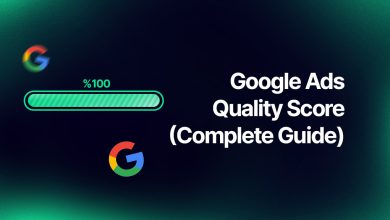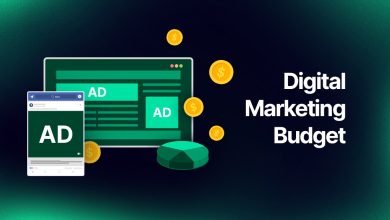What Is A/B Testing?
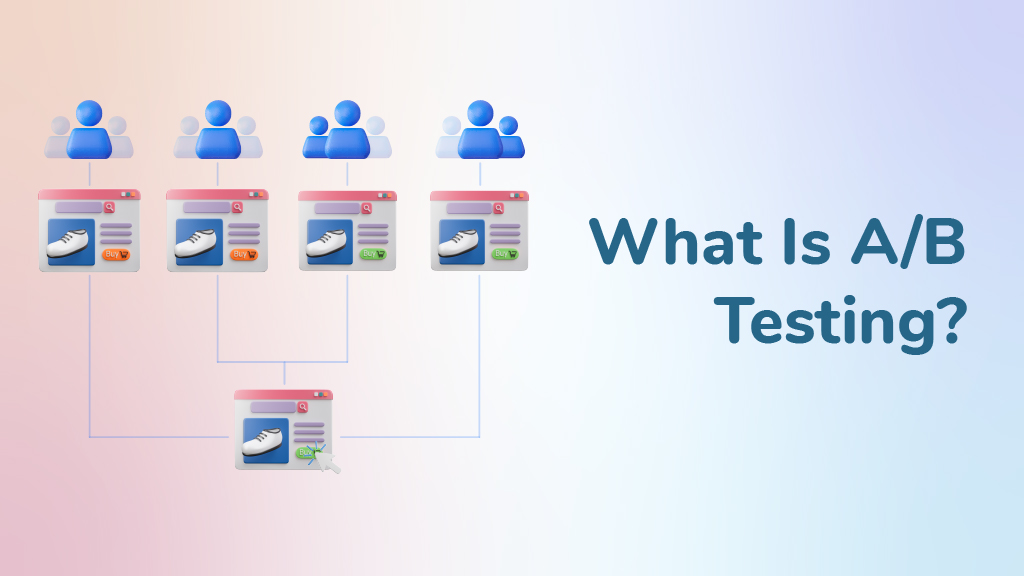
- How Does A/B Testing Work?
- Types Of A/B Tests
- What Is A/B Testing In Digital Marketing?
- How Do You Plan An A/B Test?
- How To Analyze A/B Testing Data?
- What Are The Mistakes To Avoid While A/B Testing?
- A/B Testing Checklist To Get Started
The A/B test is also a test referred to as the Split Test. The real reason it’s called that word is this: first, you divide the ad campaign you’re targeting a particular audience by making it into various versions. You make a display by dividing your audience. So you’re trying various versions of your ads on two separate (same kind) target audiences. This test creates analysis space and analysis data for you to see the difference between the two versions.
For example, a company website can benefit from A/B testing in cases such as various versions of its design or the application of customer forms with different scenarios. That’s why the A/B testing process is valuable because it gives you subjective information. You’re likely to get different results for each company, and brand. This article will also be a recommendation for you to patiently convert information to your benefit by creating your process.
How Does A/B Testing Work?
The A/B test usually includes the following steps:
Determine the purpose of the test > Selection of the group where the test will take place > Creating a control and test group > A/B testing process > Data analysis > Result
First, establish your hypothesis by determining your purpose for taking the test (for example, you stayed in a designer dilemma): Should the “be a member” button be blue or red? Then select the group. The control group refers to the group that sees the current version here. The test group also refers to the group that will take the test.
You can run the test in the process you specify. Make an A/B testing calendar for ease and tracking of this. The test result will see the effect of the button color, and the only step left is to leave or change your button color as it is!
Why Is A/B Testing Important?
A/B testing is important because it is an effective way for you to understand the impact of the details of your ad campaigns on your audience in digital marketing. That’s why big companies use A/B testing.
When the A/B testing process is implemented correctly and the data is evaluated correctly, it allows you to see users’ preferences, facilitating decision-making for your ad campaigns. New ads are constantly costed and optimized ads reduce your spending.
It encourages you to stay informed about your advertising campaigns by updating them and improving them accordingly.
Types Of A/B Tests
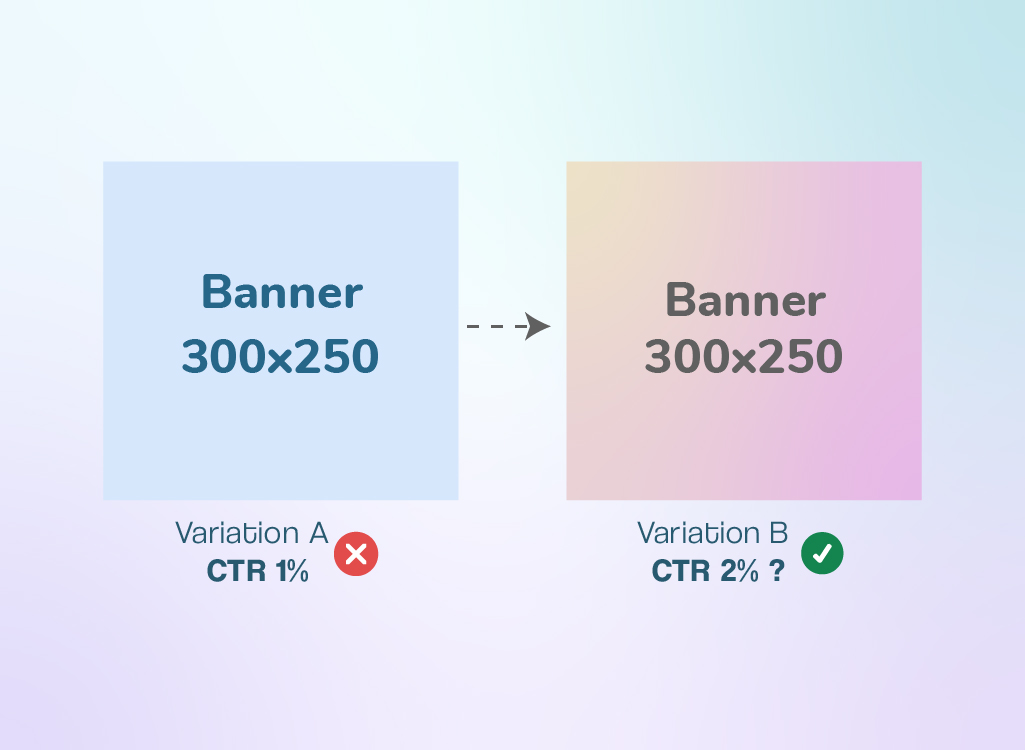
To address the types of A/B testing, we can basically see two different versions being experimented with. But this foundation can of course be diversified and developed to provide access to more data. Below are some A/B testing examples and their meanings:
- Simple A/B test: Made to understand which of the two versions is good.
- A/B/N test: Used to test more than two versions.
- Multiple-factor A/B test: The number of variables is greater, and the effect of these variables on performance can be measured. It’s possible to see which variable the user reacts to more.
- Routing test: The traffic flow of two pages to direct is tested. For example, measuring the charging strategy within the is possible page is possible.
- Segmentation test: Tests the user segment, making it easier for you to analyze over demographics.
What Is A/B Testing In Digital Marketing?
A/B testing is crucial to improve the effectiveness of advertising campaigns on any digital marketing platform. Top Elements to Test Using A/B Testing are the design of your ads, the impact of your calls to action, the impact of the product you feature in the ad on the consumer, etc.
Because these marketing methods are so important within digital marketing, the A/B testing process can make a difference within digital marketing. You can also make a difference to your Facebook ads by doing the A/B Test in Facebook.
What Can You A/B Test In Digital Marketing?
Planning an A/B test allows you to optimize your strategy by experimenting with your marketing materials on your audience. At the same time as the A/B test, it will be much easier to reach the following results:
- Increase in website activity
- Email campaigns deliver effective results
- Increase in ad influence
- Increase in mobile application performance
- Developing a social media strategy
How Do You Plan An A/B Test?
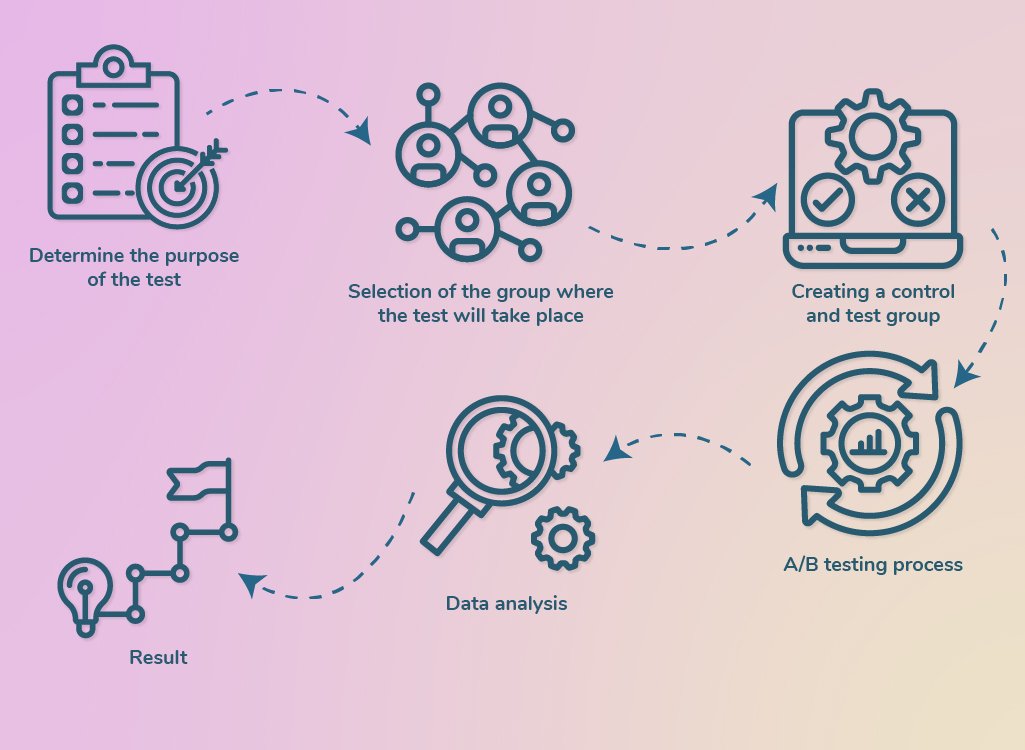
We’ve talked about the ad stages of A/B testing before. You can also watch these stages to “perform an A/B test for your ad campaigns.
Determine the purpose of the test > Selection of the group where the test will take place > Creating a control and test group > A/B testing process > Data analysis > Result
- Determine the purpose of the test: Find your test objective by asking the question you’re looking for an answer to.
- Choice of the group to test: Reach the purpose-built group by dividing your audience.
- Create a control and test group: Distribute the options you are caught between in groups. Your alternative option is the test group.
- A/B testing process: Set a trial period for your ad and don’t overlook industry variables at this stage.
- Data analysis: If your performance results answer your questions, you have made an accurate measurement.
- Result: Now that your questions have been answered, you’re ready to optimize your ad!
How Much Time Does A/B Testing Take?
It is not possible to clearly state this time because the A/B testing process progresses differently for each sector, service, and product and eventually involves different data. Sample size, traffic volume, and variables directly affect this time.
As a result, the A/B test can take a few days and a few weeks. The test time should be appropriate before you can draw meaningful conclusions. The longer the A/B test process, the longer it takes you to test the variables and apply the results.
How To Analyze A/B Testing Data?
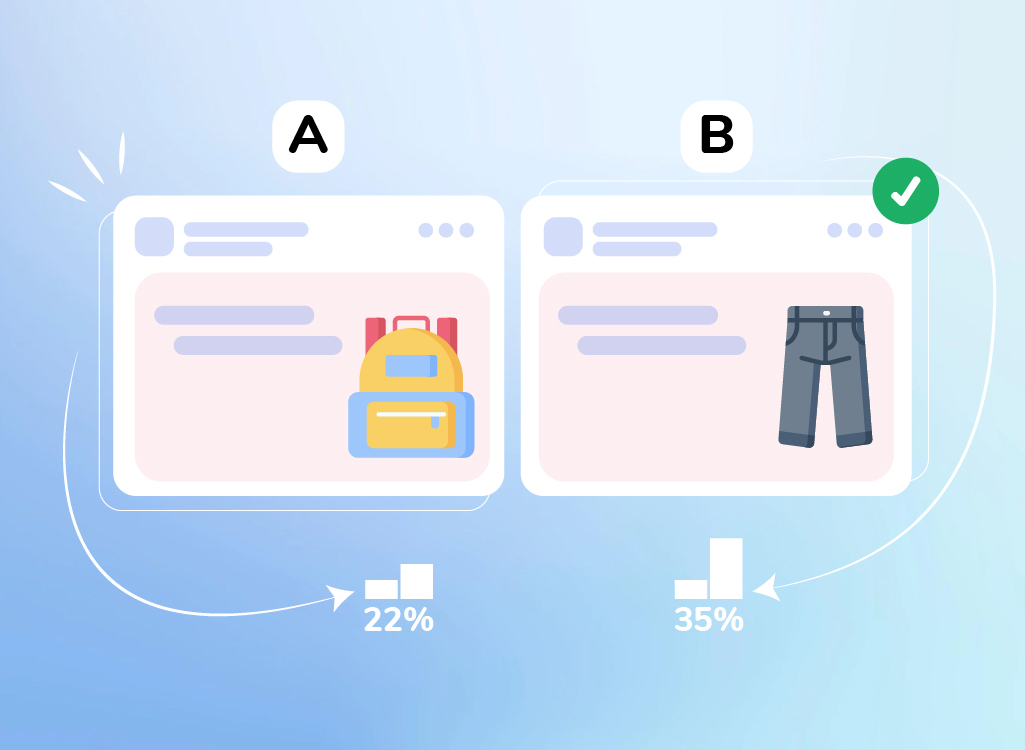
Interpret A/B test results will be possible to analyze using statistical methods. Firstly, the A/B test data presents you with differences between the control group and the test group. After this stage, methods such as hypothesis tests and trust intervals are usually used. A trust test is a method used to determine whether A/B test results are statistically significant. It’s done for two purposes:
To see if the results are accidental (null hypothesis)
To understand how reliable it is, if not coincidence (confidence level)
This is how you can analyze the A/B testing process with statistical methods and get the answers to your questions by interpreting the data at hand.
What Are The Mistakes To Avoid While A/B Testing?
Now that you know that you need to test and optimize your ad, you know it’s not easy. Here are the mistakes to avoid while A/B testing, which we’ll list below so you don’t make the mistakes that everyone else makes:
- Statistical significance level selection error
- Sample size error
- Miscalculating test variables
- Failing to set test time fit for purpose
- Testing a seasonal campaign at the wrong time
- Technical errors
- Errors in interpreting data
A/B Testing Checklist To Get Started
Many details about A/B testing are understandably available in our article. To summarize this and list the steps briefly; The stages of split testing are as follows:
- Identify the ad and test variables that you want to split test on.
- Determine the method that will distinguish between the control group and the challenge (test) group.
- determine the variables you will measure in your campaign, the duration of the test, and how the results will be measured.
- Analyze the data.
- Finally, Make decisions based on test results!

What Are The Challenges Of A/B Testing?
If the number of samples reaches an adequate number, the differences between groups A and B provide clear measurement, whether the test timing is selected correctly if the interpretation process of test results reflects actual results, and ethical issues are the challenges that can be faced by the A/B testing process.
What Is A/B Testing in Email Marketing?
A different feature of both emails is to modify and measure campaign results and analyze performance and optimize based on that analysis.
When Should You A/B Test In Digital Marketing Ads?
If you’re creating a new ad campaign, you’re at the right time to take this test. You can also use the A/B test when optimizing your current campaign when optimizing your ad budget, or seasonal campaigns.
What Metrics Should Be Considered When Doing A/B Testing?
Some metrics will be important to you when you do this test. These metrics are conversion rate, click rate, opening rate, and revenue.
What Are the Benefits Of Running A/B Tests On Your Ads?
It provides benefits such as better conversion rates, fewer advertising costs, more customer satisfaction, and getting ahead of competitors faster.
